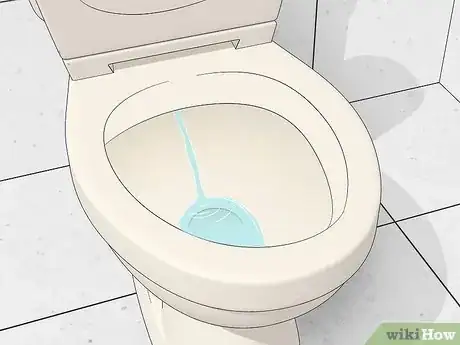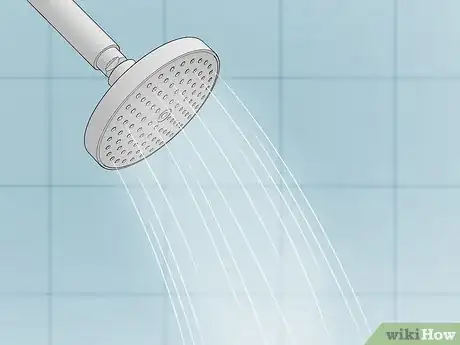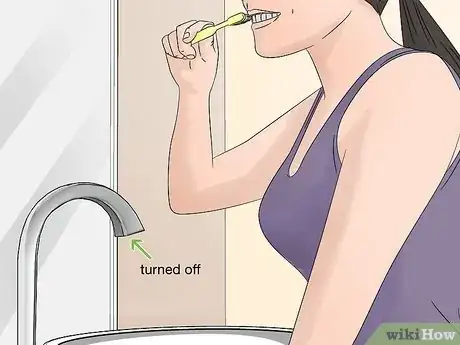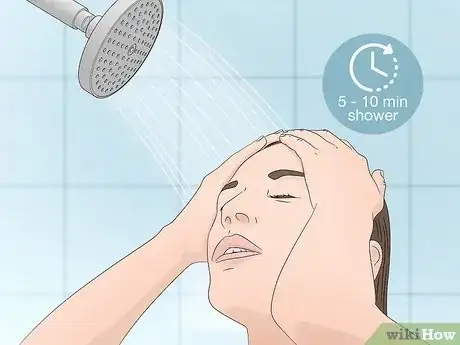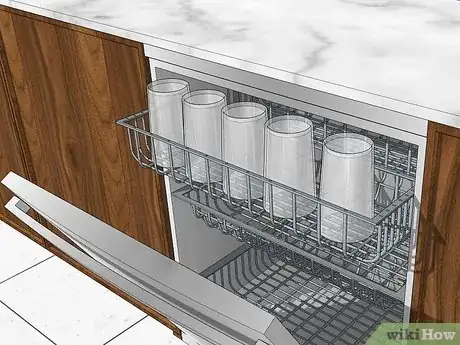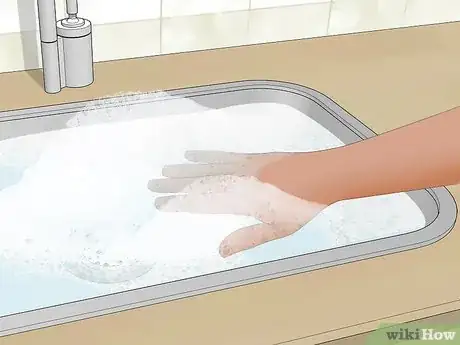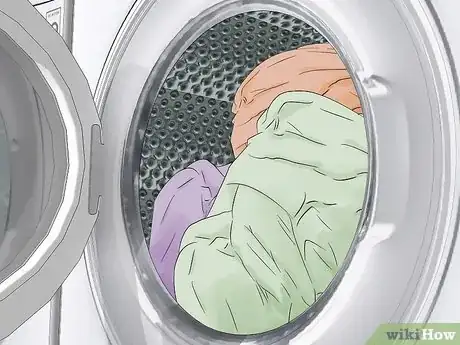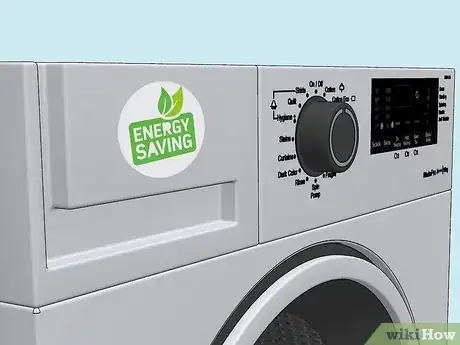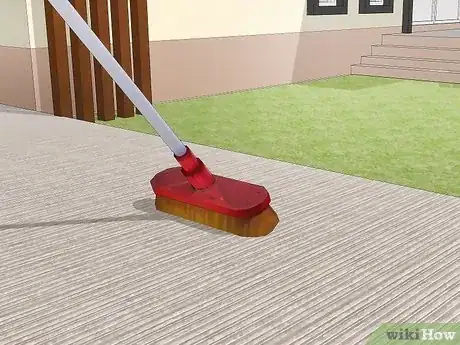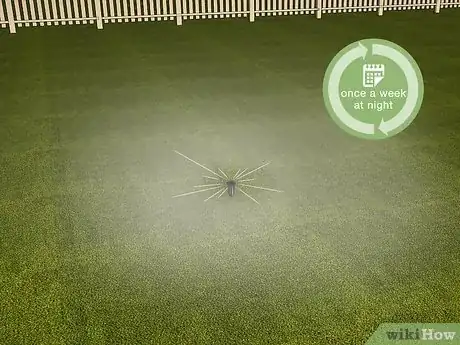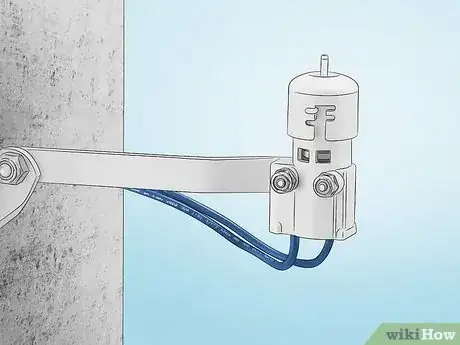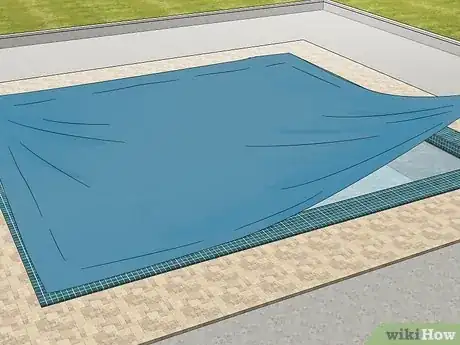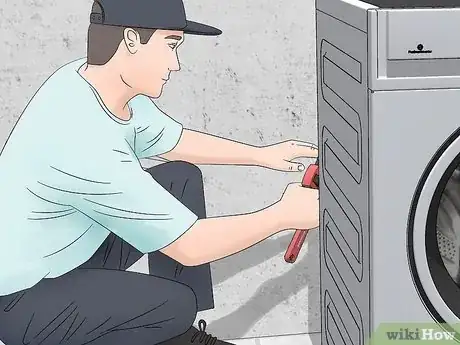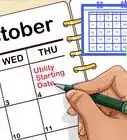This article was co-authored by wikiHow staff writer, Glenn Carreau. Glenn Carreau is a wikiHow Staff Writer, currently based in Los Angeles. With over four years of experience writing for several online publications, she has covered topics ranging from world history to the entertainment industry. Glenn graduated with honors from Columbia College Chicago, earning a B.A. in Interactive Arts and Media and a minor in Professional Writing. Today, Glenn continues to feed her lifelong love of learning while serving wikiHow's many readers.
This article has been viewed 5,214 times.
Learn more...
Are you tired of paying steep fees on your sewer bills and looking for a solution? Look no further! Water and sewer bills are connected: you pay a water bill to pipe water into your house and a sewer bill to drain it away. However, your sewer bill is often more expensive because all the water you use needs to be cleaned and sanitized when it enters the sewers. For fool-proof strategies to reduce your sewer bill each and every month, read on.
Things You Should Know
- Check the toilets and sinks for leaks to ensure you’re not wasting water, and replace your toilet flapper yearly.
- Install low-flow plumbing at home to conserve water. Invest in a low-flow showerhead and low-flow faucets for your bathrooms and kitchen.
- Only run the dishwasher and washing machine when you have a full load, and buy Energy Star-rated appliances whenever possible.
- Water the lawn once a week (twice max) between 10 pm and 6 am and attach a rain sensor for a sprinkler system to conserve water.
Steps
Check your toilet for leaks.
-
A leaking toilet can waste water without you even knowing it. If your toilet is quietly leaking, that means water is dripping from the tank into the bowl even without being flushed—which is wasteful because the tank must continually refill. Put a drop of food coloring in the toilet tank and check the water in the bowl after an hour; if it’s still colored, there’s a leak. Consult a plumber to replace the toilet’s fill valve.[1] X Trustworthy Source State of Indiana Official site for state-approved sources related to life in Indiana, including laws, services, and culture Go to source
- If you notice a dripping faucet or shower head, that’s also wasting water (and adding to the sewer bill). Be sure to fix any faucets that start leaking as well!
- It’s also a good idea to replace your toilet flapper every year or install an adjustable flapper instead.
Install low-flow faucets and showers.
-
Low-flow fixtures ensure you don’t use more than you need. This is a great way to save on your sewage bill without changing your routines. Low-flow plumbing controls water flow for you! Replace your shower head with a low-flow shower head, and replace regular faucets with low-flow faucets. Altogether, you’ll use 30% to 50% less water this way.[2] X Trustworthy Source United States Environmental Protection Agency Independent U.S. government agency responsible for promoting safe environmental practices Go to source
- Low-flow fixtures use 1.5 gallons (5.7 L) of water per minute maximum, where normal fixtures use about 2.2 gallons (8.3 L) of water per minute.
- You’ll also save money on your energy bills with low-flow fixtures because you’ll use less energy to heat the water.
Turn off the sink while brushing your teeth.
-
Turning off the sink ensures you don’t waste water while brushing. Many people leave the sink running while brushing their teeth but don’t actually use it at all during that time. You'll save water with each brushing by turning the sink off and then running it again when you’re ready to rinse. It might not seem like a lot initially, but the amount adds up over time.[3] X Research source
Take shorter showers.
-
Cutting even a couple of minutes off your showers can conserve water. The less water goes down the drain during showers, the lower your sewer bill will be. Stay conscious of the amount of time you spend in the shower, and aim for quick, 5-minute showers whenever possible—or 10 minutes maximum, depending on your washing routine.[4] X Trustworthy Source State of Indiana Official site for state-approved sources related to life in Indiana, including laws, services, and culture Go to source
- Try using a timer while you shower to keep you on schedule.
- It’s okay to take a longer shower every now and again if you use them for self-care and relaxation, but they should be an exception—not a habit.
- Always take a shower instead of a bath if you can. Filling up an entire tub for a bath is much more likely to waste water.
Use the dishwasher if you have one.
-
Dishwashers consume less water than washing dishes by hand. The average dishwasher uses 4 gallons (15 L) to 6 gallons (23 L) per load, while washing by hand typically consumes around 20 gallons (76 L) each time. Conserve water using a dishwasher to lower your sewer bill dramatically.[5] X Research source
- The only reason you shouldn’t use a dishwasher is if you only need to rinse off 1 or 2 dishes quickly. Otherwise, stick to machine washing!
Fill your sink with water if you wash dishes by hand.
-
Running water from the faucet is more wasteful than filling the sink. If you need to wash dishes by hand, don’t let the water run. Instead, fill up the sink with warm, slightly soapy water and use it to do the dishes. That way, you’re not letting excess water drain away—you’re only using as much water as you need to finish the job.[6] X Research source
- Similarly, fill a bowl with water and use that to rinse off produce instead of running the sink to do it.
- Pro tip: You can also avoid running the faucet for a long time to get cold drinking water. Instead, just keep a pitcher of cold drinking water in the fridge.
Run appliances only when they’re full.
-
Running a full dishwasher and washing machine is more cost-effective. Running an appliance consumes the same amount of water no matter how much (or little) you put into it, so small loads of dishes and clothes waste water. Wait to run the dishwasher or washing machine until you have enough for a full load because that will reduce the number of times you run either machine in the long run.[7] X Research source
- Roughly 22% of indoor water use comes from laundry alone! Maximize your load size to reduce that portion of the sewer bill.
Upgrade to energy-efficient appliances.
-
Energy Star-rated appliances save both water and electricity. Understandably, it might not be possible to replace your dishwasher and washing machine immediately, especially if they’re still working perfectly well. When it’s time to invest in new appliances, be sure to get a dishwasher and washing machine that are Energy Star-rated—meaning they’re extremely efficient and use less water per load.[8] X Research source
- You could also invest in high-efficiency toilets for all your bathrooms, saving thousands of gallons of water each year.
Sweep your driveway or sidewalk clean.
-
Using a broom to clean the driveway in place of a hose saves water. While it’s common for people to hose driveways and sidewalks down with water, that can really waste water (and raise the sewer bill). Instead, use a broom to sweep the dirt and debris off your driveways and sidewalks. It’ll take a little more time, but save money in the long run.[9] X Research source
Water the lawn once a week at night.
-
Watering late (or early) reduces evaporation and saves water. Lawn maintenance takes up a huge amount of the sewer bill, especially when it’s watered frequently during the day. However, most lawns only need watering once a week or possibly twice if rain is scarce. Set your sprinklers to water the lawn after 10 pm or before 6 am, where they’re most effective because evaporation is limited.[10] X Trustworthy Source State of Indiana Official site for state-approved sources related to life in Indiana, including laws, services, and culture Go to source
- If you enjoy having a garden or lawn outside your home, try planting drought-resistant plants and grass. That will reduce the need to water your lawn, also saving water.
Attach a rain sensor to your sprinkler.
-
Rain sensors activate the sprinkler only when your lawn needs water. Another easy way to ensure your lawn isn’t watered too often is to install a rain sensor for a sprinkler system. The sensors can tell when the grass is already wet and when it’s dry and ready for watering, so you don’t have to worry about automatic sprinklers turning on right after a rainstorm.[11] X Research source
- If you don’t use a rain sensor, at least be sure you turn off an automatic sprinkler when there’s rain in the immediate weather forecast.
Put a cover on your pool.
-
Pool covers stop water from evaporating, so you don’t need refills. Pools consume vast amounts of water; when they’re left uncovered, that water can evaporate—meaning you have to add more water to the pool. Invest in a pool cover and use it to protect your pool, cutting back the number of times you need to partially refill it—thus saving money on your water and sewer bills.[12] X Research source
- Evaporation might not seem like a huge deal, but many pools hold around 22,000 gallons (83,000 L) of water. Thus, evaporation can actually waste thousands of gallons each year.
Ask a plumbing expert for advice.
-
Plumbing experts can check your home for potential ways to save water. If you’re still unsatisfied with your sewer bill, consult a plumber for their expert opinion. They can give you lots of water conservation tips and install low-flow plumbing for you. Plus, they can check your entire home for leaks you may have missed that are quietly draining water and costing you money.[13] X Research source
- Keep in mind: extra plumbing and new appliances may cost you more money right now, but they’ll also save you lots of money in the long run with your reduced sewer and water bills!
You Might Also Like
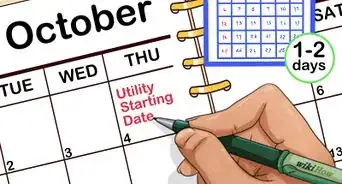

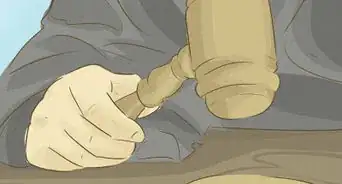
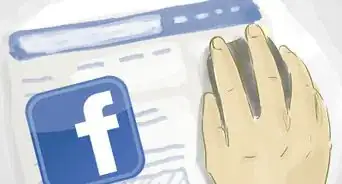

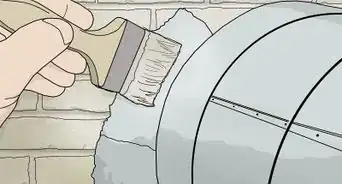
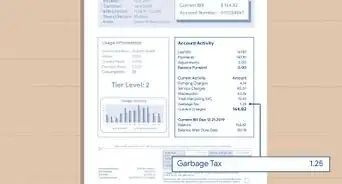
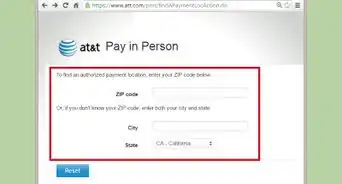

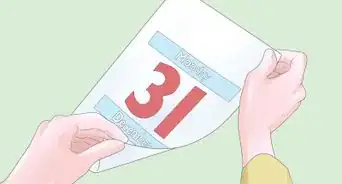
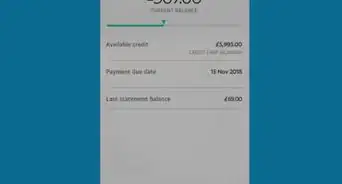
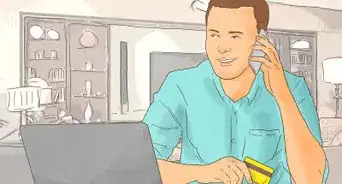
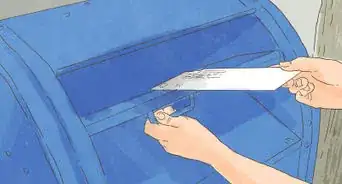

References
- ↑ https://www.in.gov/oucc/watersewer/tips-and-publications/reduce-your-water-bill/
- ↑ https://www.epa.gov/watersense/bathroom-faucets
- ↑ https://www.unioncityga.org/departments/finance/utility-billing-and-services/tips-to-lower-your-water-bill
- ↑ https://www.in.gov/oucc/watersewer/tips-and-publications/reduce-your-water-bill/
- ↑ https://www.unioncityga.org/departments/finance/utility-billing-and-services/tips-to-lower-your-water-bill
- ↑ https://www.ladwp.com/ladwp/faces/ladwp/residential/r-savemoney/r-sm-savingstips
- ↑ https://www.h2ouse.org/water-conservation/
- ↑ https://www.h2ouse.org/water-conservation/
- ↑ https://www.bewaterwise.com/assets/mwd_wst_final_3.8_screen.pdf
- ↑ https://www.in.gov/oucc/watersewer/tips-and-publications/reduce-your-water-bill/
- ↑ https://www.h2ouse.org/water-conservation/
- ↑ https://www.h2ouse.org/water-conservation/
- ↑ https://www.ladwp.com/ladwp/faces/ladwp/residential/r-savemoney/r-sm-savingstips
- ↑ https://www.h2ouse.org/water-conservation/
About This Article

